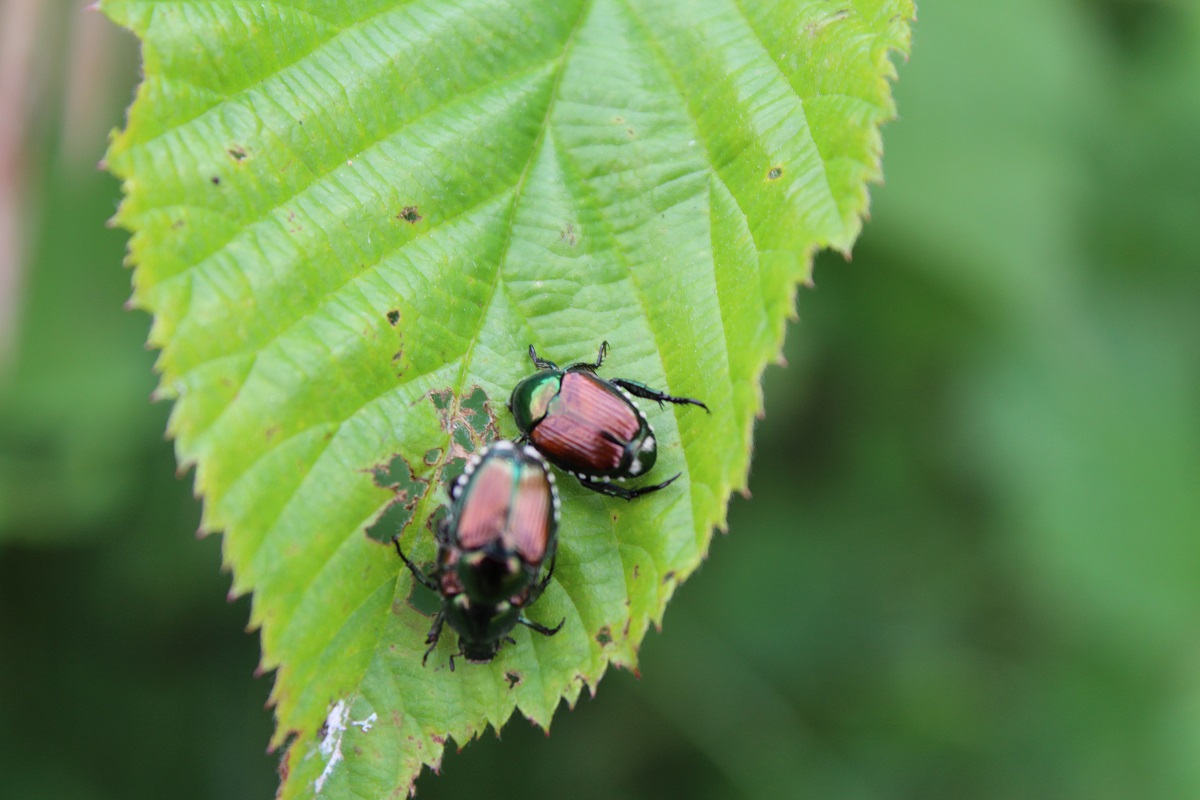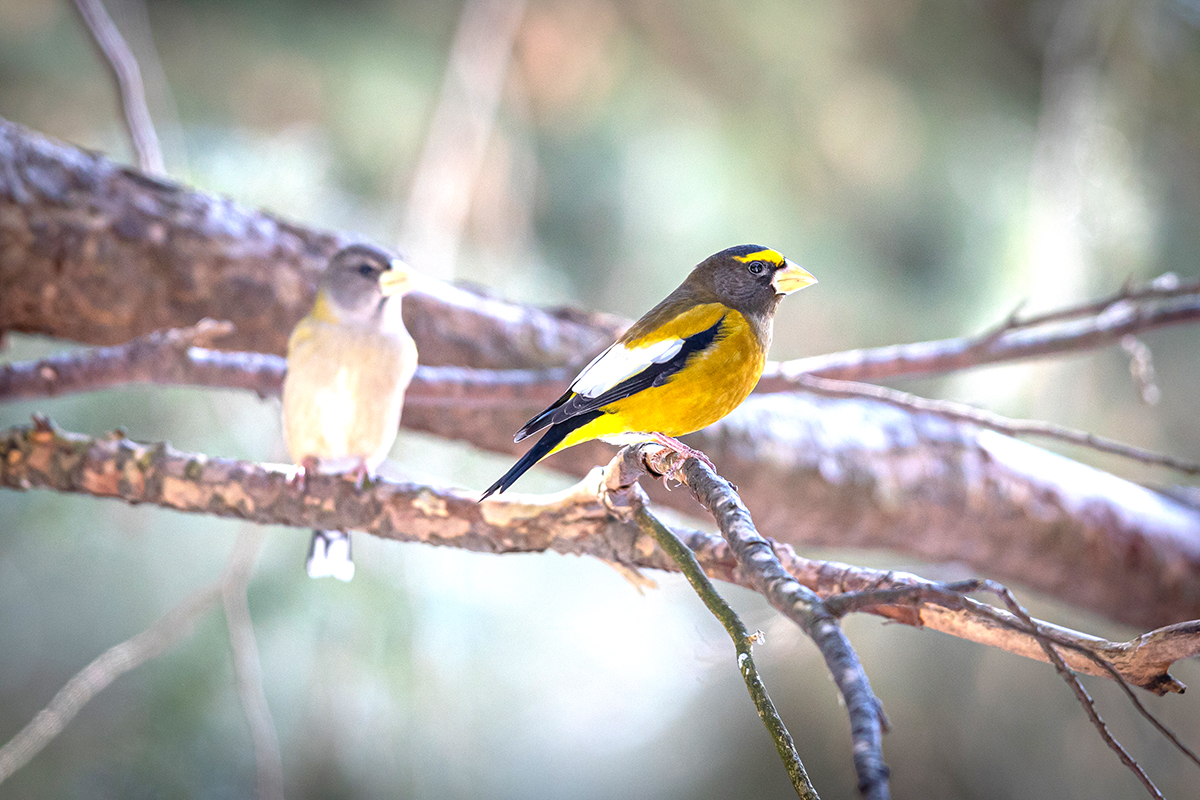WRITER | JULIE FORD
Adored or reviled, insects are part of life. For many homeowners, outdoors enthusiasts, and gardeners, dealing with Michigan’s insects can range from minor confrontation to a major battle, and formulating a strategic plan to limit property and plant casualties is essential.
While ticks, mosquitoes, no-see-ums, and black flies have a way of putting a damper on outdoor activities, there are countless sprays, lotions, and special clothing to keep them at bay. However, for the gardener, the insect world is a battleground. Identifying the good bugs from the bad in the garden is half the battle, and, in many cases, boosting the population of beneficial insects instead of using insecticides can make a significant dent in the bad bug population.
Good bugs, such as green lacewings and ladybugs, attack soft-bodied plant-harming insects like aphids, mealybugs, thrips, small caterpillars, spider mites, and moth eggs. Both are voracious eaters and are naturally attracted to pollen- and nectar-producing plants. Chances are, the garden has a few already.
“The best way to do biological control is to preserve what’s out there by not using insecticides,” says Howard Russell, an entomologist with Michigan State University Diagnostic Services. “Augmented biocontrol (buying the good bugs) works pretty well in a greenhouse where they can’t escape, but when you release these things in your yard, they’ll disperse if they think there are too many of their kind,” explains Russell, who says it’s still worth trying.
Green lacewings and ladybugs can be ordered from companies such as Gardens Alive!, Planet Natural, and Organic Control. Typically, 500 to 900 live ladybugs arrive ready for release in gardens at night, when they won’t fly away. Green lacewings eggs usually come packaged — about 1,000 of them — for sprinkling around infested plants. As they hatch, the larvae crawl up the stems, devouring insect pests. This method of reinforcing existing good bug troops with freshly ordered recruits help to reduce plant damage and eliminate the need for insecticidal soaps and sprays.
Bees of all types are at the top of the beneficial insect list and should be encouraged to populate. Wasps are good pollinators, and their bright colors and lethal stings deter a lot of predators, but they can be an issue for more than the nasty sting they can deploy. “Paper wasps are beneficial, but they will defeat your best efforts in a butterfly garden,” notes Russell. “Wasps kill caterpillars to feed their young.”
Japanese beetles, a nonnative species believed to have hitched a ride on iris rhizome imports back in the early 1900s, loom large in the bad-bug lineup. Attacking the grub stage with nematodes is a good way to eliminate these terrible defoliators. Once they’ve reached adulthood, flicking them into a container of soapy water is the best form of control – unless you have ducks, who find them particularly tasty. Bag traps work, but attracting these beetles to the yard could become a greater issue and is typically not a good idea.
In the most disliked category of home-dwelling insects, bed bugs, cockroaches, and termites require professional help for successful eradication. To eliminate common pests such as carpenter ants, pantry moths, and clothes moths, homeowners can readily find information for do-it-yourself applications. Regular surveillance is key — rarely is one pest a loner — and action is needed sooner rather than later. A watchful eye on clothing, cupboards, and corners is your first defense in combatting inside bugs.
In the garden, where the insect world battles for juicy foliage, the ability to recognize both the good and the bad, and the ability to order fresh troops when needed, should circumvent plant casualties from both insect mandibles and chemical warfare.
And every bee will be especially grateful.








